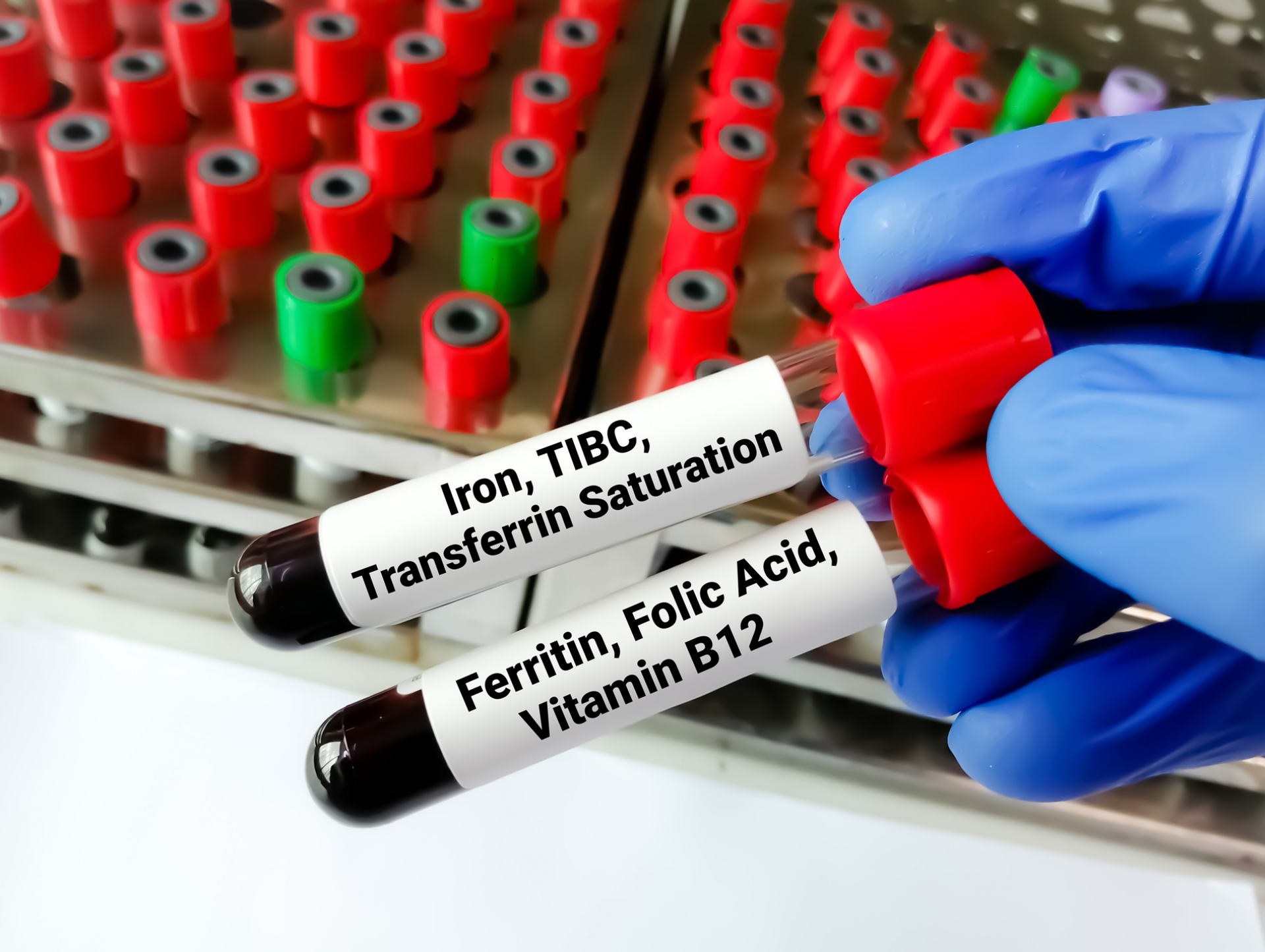An Iron Profile Test is an essential diagnostic tool used to evaluate an individual’s iron levels, which are crucial for various physiological functions, especially for the production of hemoglobin. Iron is vital for the transport of oxygen in the blood, and a deficiency or overload can lead to serious health complications. This test helps identify conditions such as anemia, iron deficiency, or iron overload disorders, enabling healthcare providers to offer timely and effective treatment.
What Is an Iron Profile Test?
An Iron Profile Test is a series of blood tests designed to measure different aspects of iron metabolism in the body. It includes several key components that provide comprehensive information about the iron status:
- Serum iron: Measures the amount of iron circulating in the blood.
- Total iron-binding capacity (TIBC): Assesses the ability of proteins in the blood to carry iron.
- Transferrin saturation: The percentage of transferrin (the primary iron transport protein) that is bound with iron.
- Ferritin: A protein that stores iron in the body and releases it when needed. Low ferritin levels often indicate iron deficiency.
- Unsaturated iron-binding capacity (UIBC): Measures the reserve capacity of transferrin to bind with additional iron.
These components together help determine whether a person has an iron deficiency, excess iron, or other related disorders.
When Is an Iron Profile Test Done?
An Iron Profile Test is typically ordered by a healthcare provider when a patient exhibits symptoms that may indicate iron imbalance, or when they have risk factors that predispose them to iron-related issues. Some of the common scenarios in which an Iron Profile Blood Test is recommended include:
- Suspected anemia: One of the most common reasons for performing an iron profile test is to diagnose anemia. Symptoms such as fatigue, weakness, pale skin, and shortness of breath can indicate iron deficiency anemia. The test helps confirm this diagnosis and determine the severity.
- Unexplained fatigue: Chronic tiredness or fatigue can be caused by iron deficiency, which impairs oxygen transport in the blood. An iron profile test can help identify if this is the underlying cause.
- Excessive blood loss: Heavy menstrual periods or internal bleeding (e.g., from ulcers or gastrointestinal conditions) can lead to a loss of iron and subsequent anemia. Testing can help determine if iron deficiency is a result of blood loss.
- Malabsorption disorders: Conditions like celiac disease, Crohn’s disease, or bariatric surgery can affect iron absorption in the digestive tract, making an iron profile test necessary to monitor iron status.
- Dietary deficiency: Individuals on restrictive diets, especially vegetarians or vegans, may be at risk for iron deficiency. An iron profile test can help assess whether their iron intake is sufficient.
- Monitoring iron therapy: For patients undergoing iron supplementation or treatment for iron overload disorders (like hemochromatosis), regular testing is essential to ensure treatment effectiveness and prevent complications.
Symptoms and Causes of Iron Deficiency
Iron deficiency is one of the most common nutritional deficiencies worldwide and can lead to iron deficiency anemia. Recognizing the symptoms of iron deficiency early is crucial for timely intervention. Common symptoms include:
- Fatigue and weakness: Insufficient iron means the body cannot produce enough hemoglobin, leading to decreased oxygen supply and fatigue.
- Pale skin and mucous membranes: A reduction in hemoglobin levels can cause the skin to appear paler, and mucous membranes (e.g., gums) may also lose their color.
- Shortness of breath: When iron levels are low, the body's oxygen-carrying capacity is compromised, leading to difficulty breathing, especially during physical exertion.
- Dizziness or lightheadedness: A lack of oxygen in the bloodstream can cause dizziness or fainting spells.
- Cold hands and feet: Poor circulation resulting from low iron levels can cause cold extremities.
- Brittle nails and hair loss: Deficient iron can affect hair and nail growth, causing hair loss and brittle nails.
- Restless legs syndrome: A condition often associated with iron deficiency, leading to an irresistible urge to move the legs, especially at night.
Iron deficiency can be caused by several factors, including:
- Inadequate dietary intake: A lack of iron-rich foods in the diet, particularly in those following vegetarian or vegan diets, can lead to deficiency.
- Chronic blood loss: Conditions such as heavy menstruation, gastrointestinal bleeding, or frequent blood donations can cause iron depletion.
- Malabsorption issues: Certain gastrointestinal conditions, including Crohn’s disease or celiac disease, interfere with the absorption of iron from food.
- Increased iron demands: Pregnant women, athletes, or growing children may have higher iron needs, which can lead to deficiency if not adequately met.
Iron Profile Test Cost
The iron profile test price can vary depending on the healthcare provider, laboratory location, and the specific tests performed. In some cases, additional tests may be required, such as a Complete Blood Count (CBC) or a hemoglobin test, which can increase the overall cost of diagnosis and treatment.
Understanding Your Results
Interpreting the results of an iron profile test requires understanding the levels of key components such as serum iron, ferritin, TIBC, and transferrin saturation. Here’s what the results may indicate:
- Normal iron levels: Normal serum iron levels typically range from 60 to 170 mcg/dL, and ferritin levels between 30 to 300 ng/mL for men and 20 to 150 ng/mL for women. These levels vary slightly based on age, sex, and lab standards.
- Iron deficiency: Low serum iron and ferritin levels, combined with high TIBC, suggest iron deficiency anemia. A transferrin saturation of less than 20% also indicates iron deficiency.
- Iron overload: High serum iron and ferritin levels, along with low TIBC, may indicate iron overload conditions like hemochromatosis. In such cases, further tests may be needed to confirm the diagnosis and evaluate the extent of iron accumulation.
By evaluating iron levels, healthcare providers can offer timely interventions, ensuring that patients receive the necessary treatment to restore their iron balance. Understanding the symptoms, causes, and normal range for iron tests is crucial in preventing and managing iron-related health issues.


